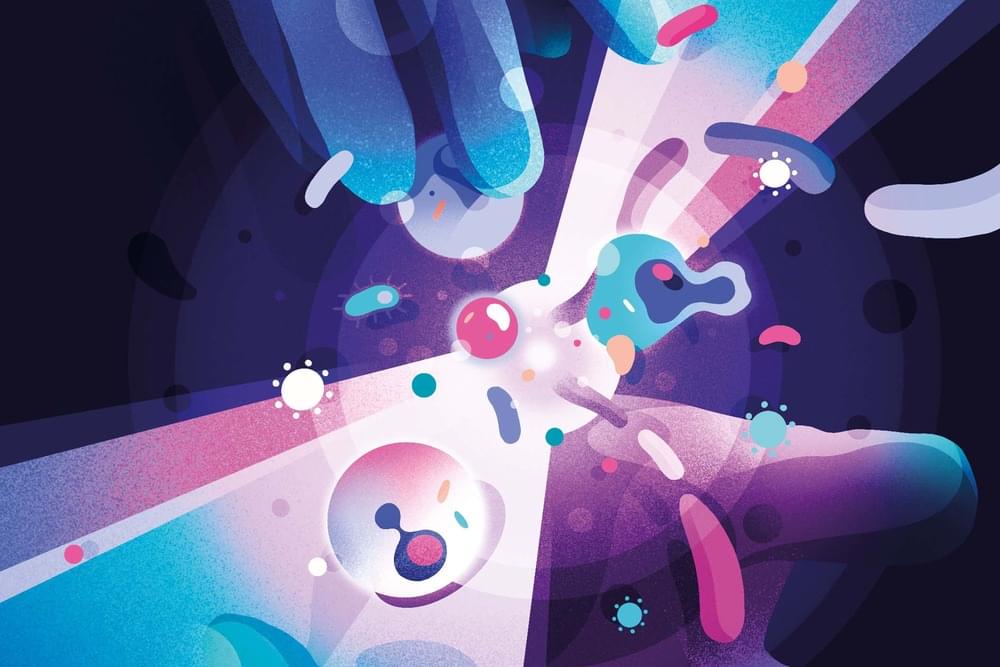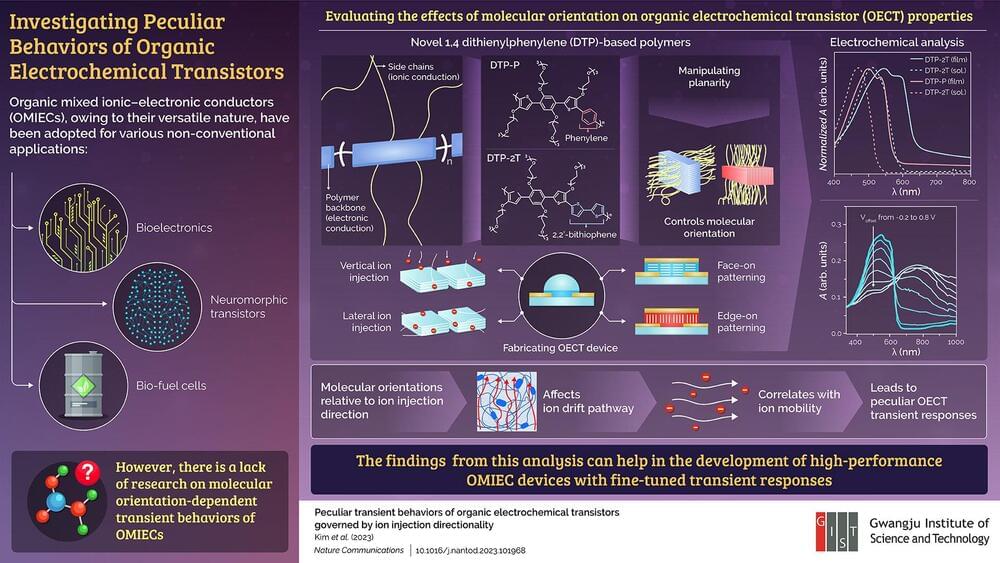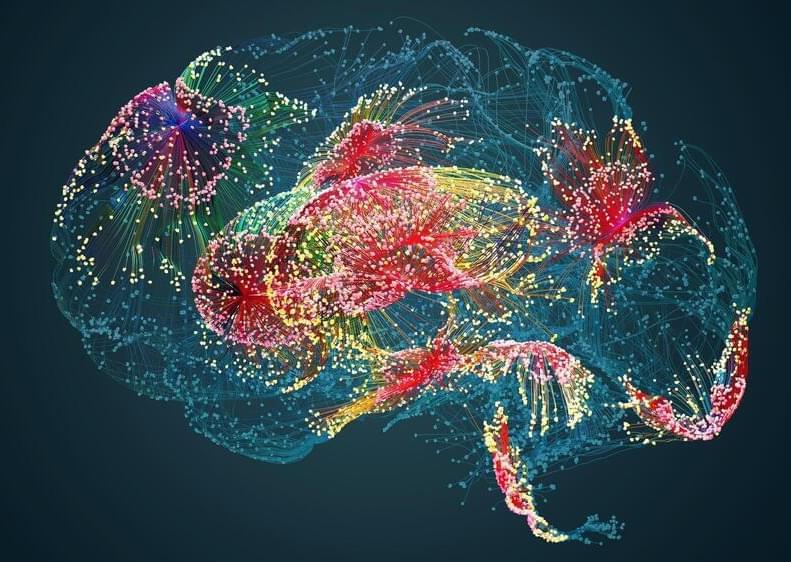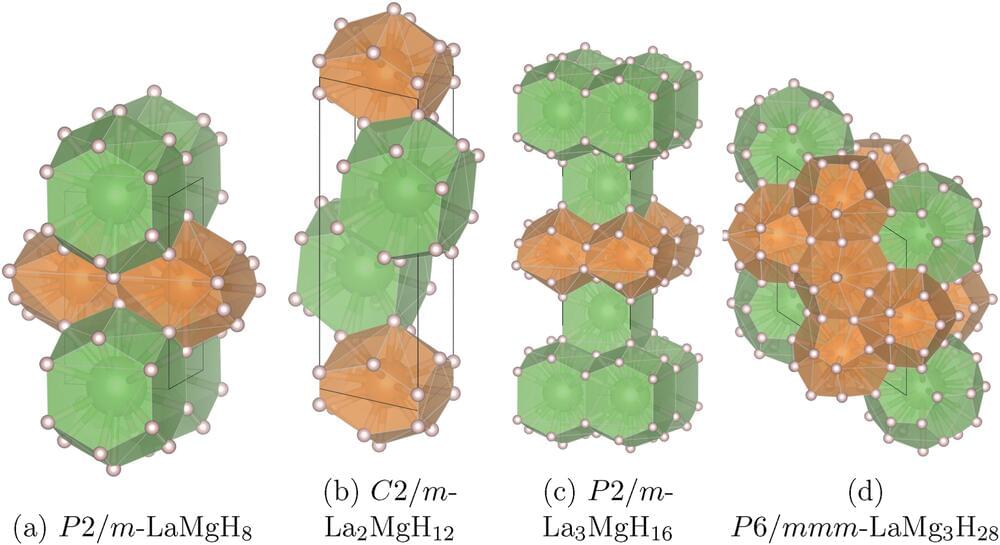Jan 23, 2024
Chinese Breakthrough: Revolutionary Superconducting Material With Record-Breaking Properties
Posted by Paul Battista in categories: chemistry, materials
A breakthrough discovery of a new superconducting material sets a new record for transition metal sulfide superconductors with a transition temperature of 11.6 K and a high critical current density, marking a significant advancement in superconductor development.
With the support of electrical transport and magnetic measurement systems of Steady High Magnetic Field Facility (SHMFF), a research team from Hefei Institutes of Physical Science (HFIPS), Chinese Academy of Sciences (CAS), discovered a new superconducting material called (InSe2)xNbSe2, which possesses a unique lattice structure. The superconducting transition temperature of this material reaches 11.6 K, making it the transition metal sulfide superconductor with the highest transition temperature under ambient pressure.
The results were published in the Journal of the American Chemical Society.

















